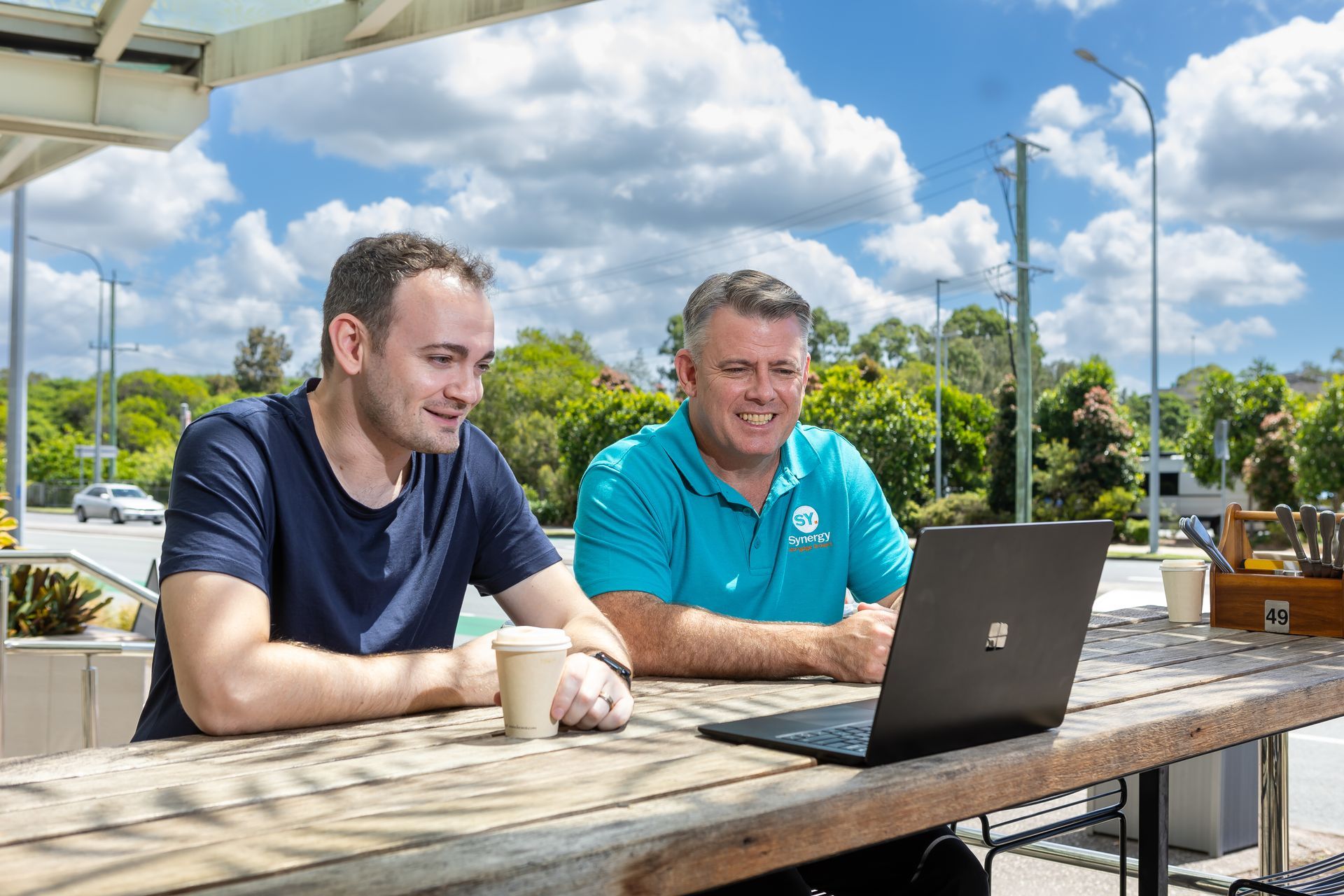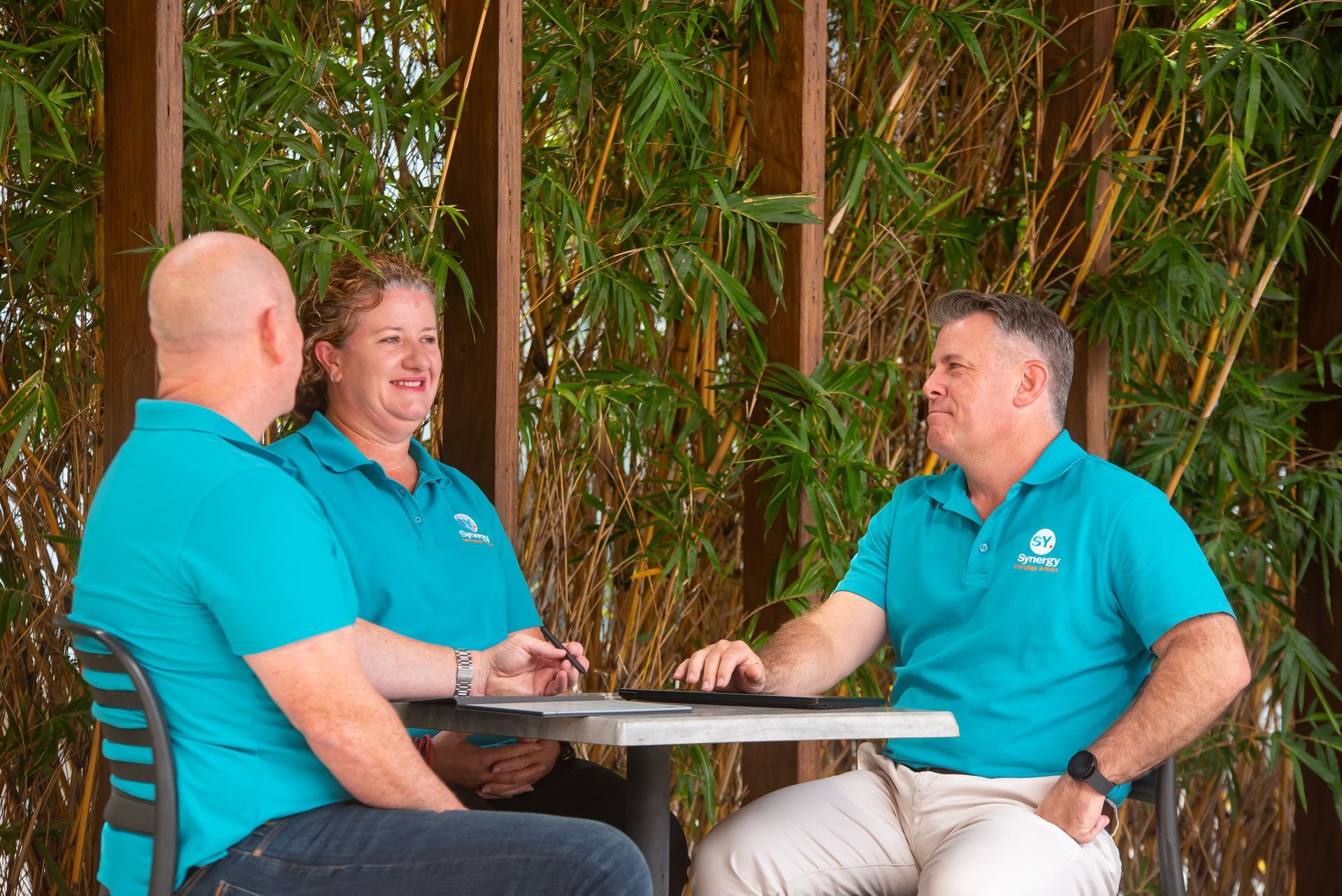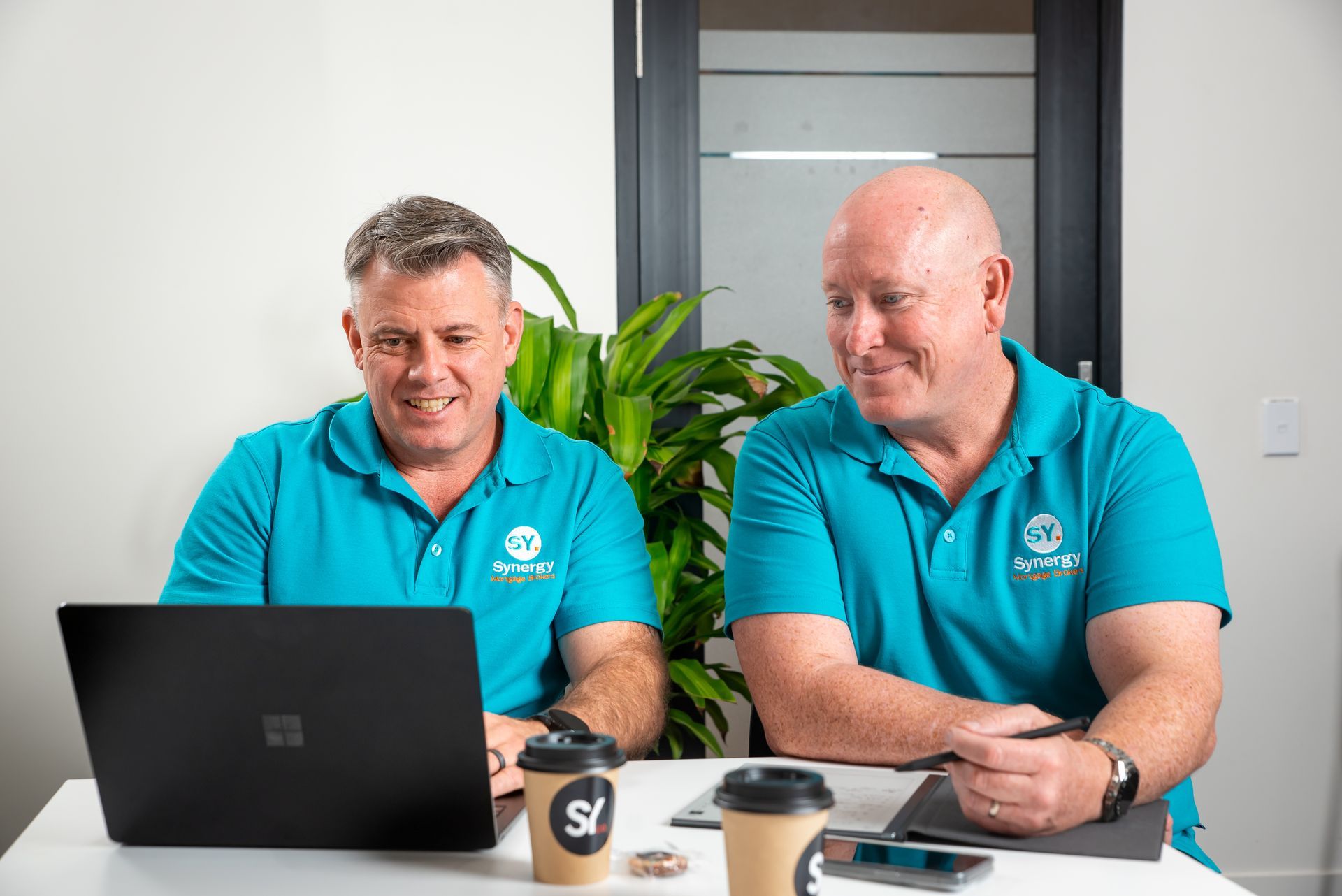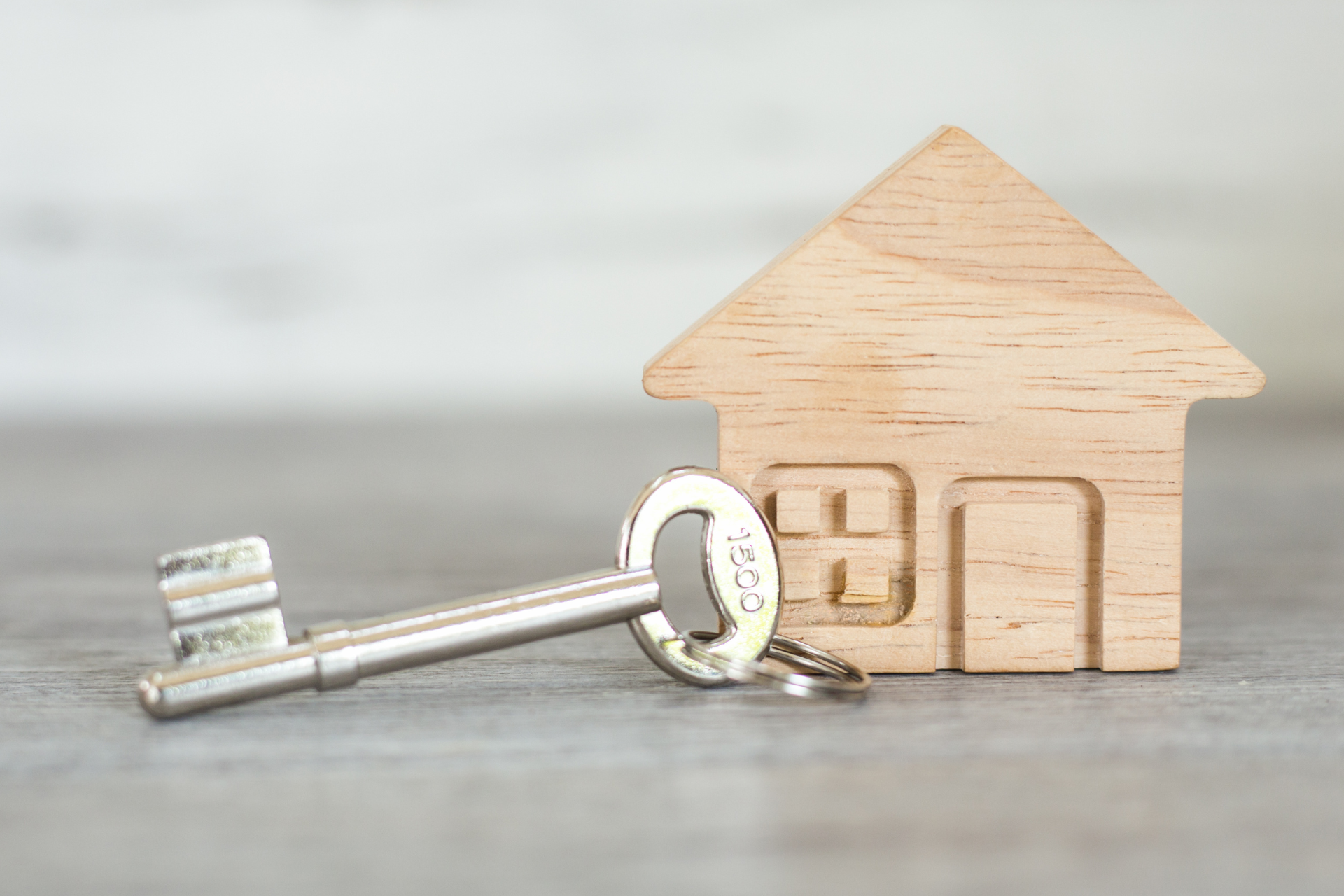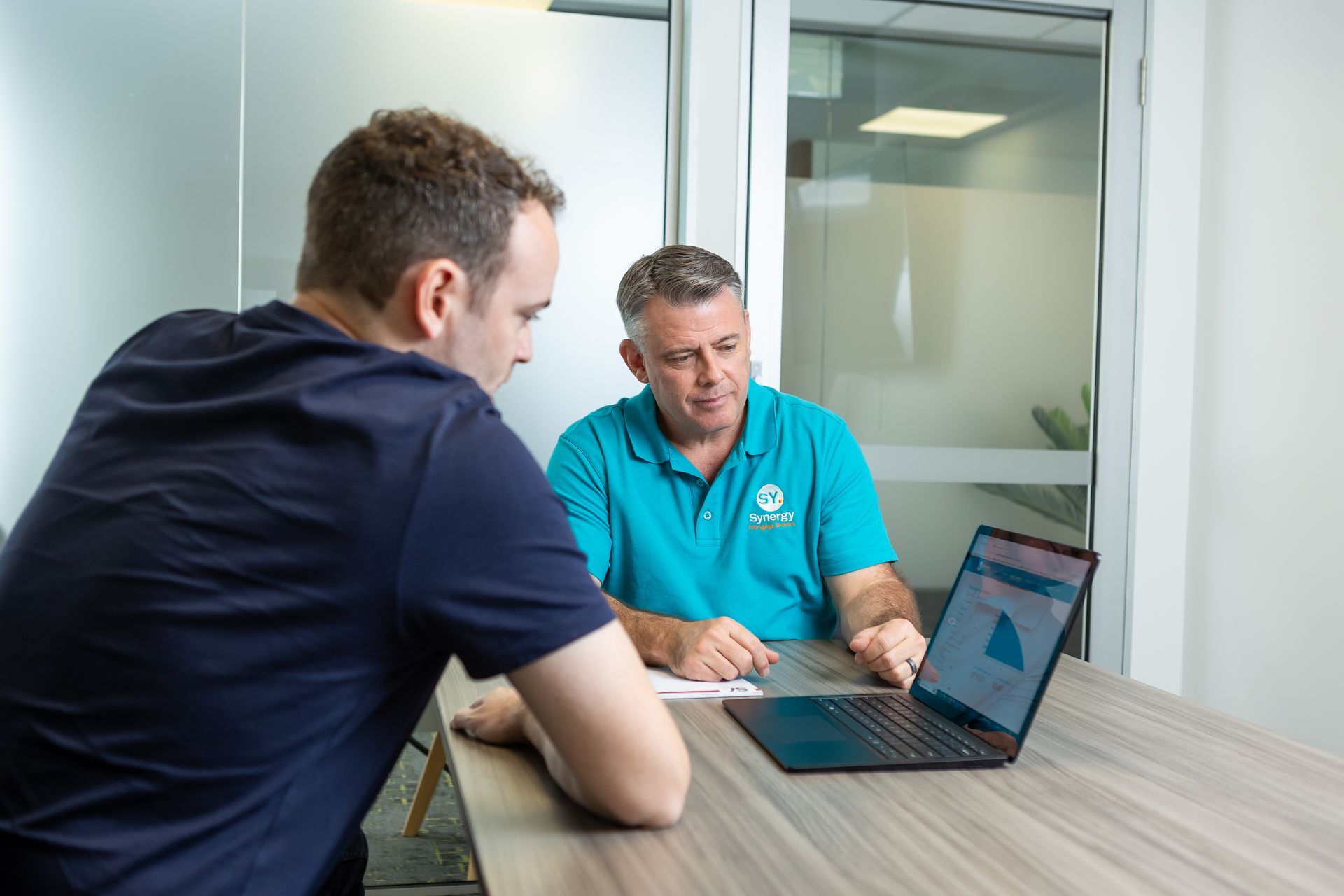A surprising fact: 75% of Australians aged 60 and older own their homes, but many find it hard to manage retirement income.
Reverse mortgages offer a solution. Traditional mortgages demand monthly payments to the bank. However, reverse mortgages take a different approach. Homeowners can turn their home equity into cash without selling their property or making monthly mortgage payments.
The concept of reverse mortgages might seem complex at first. You might want to understand your retirement options or help a family member make informed decisions. This piece breaks down the essential facts about reverse mortgages in simple, clear terms.
Would you like to see how this unique financial tool fits your needs? Let's discover the basics of reverse mortgages together.
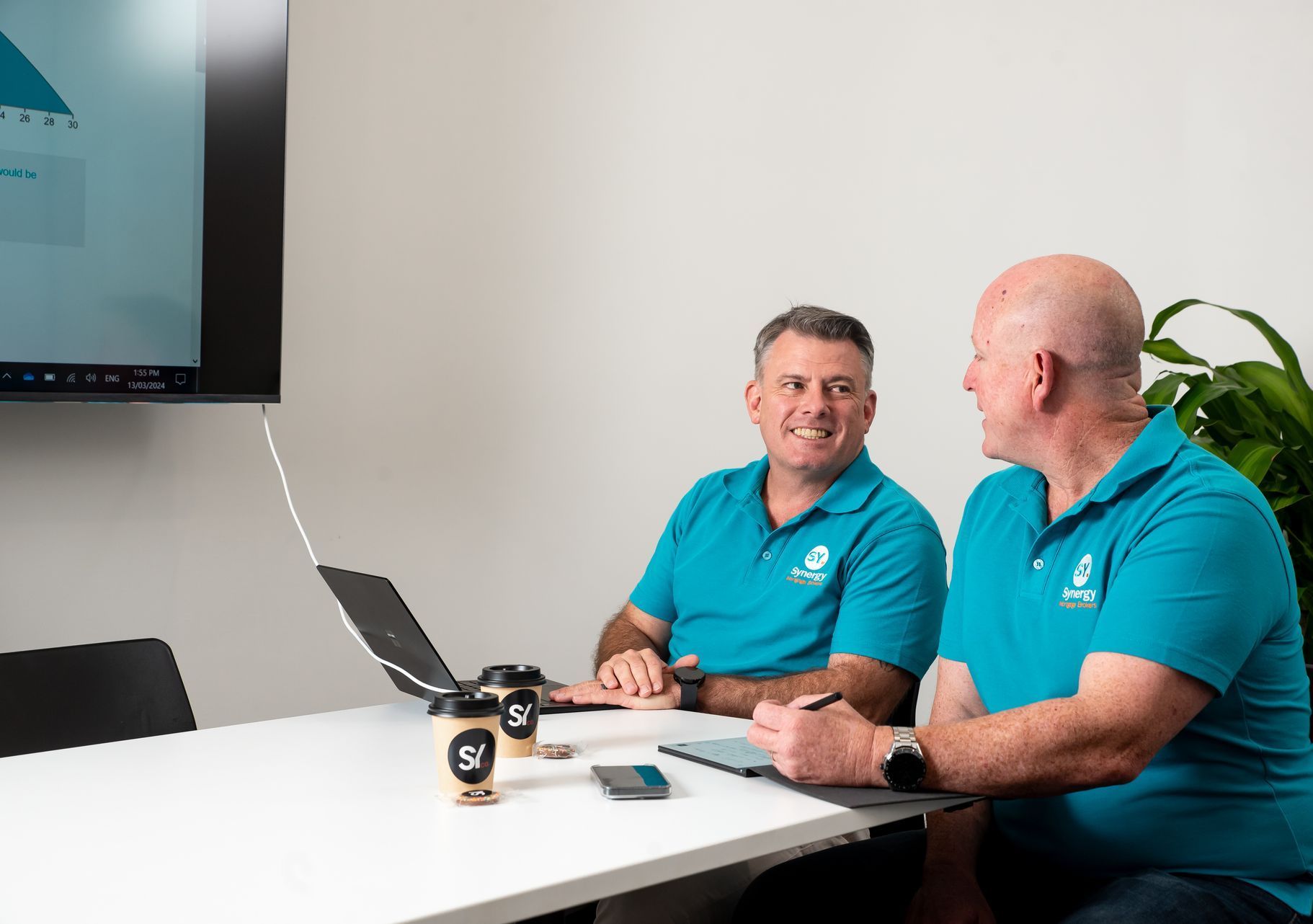
What is a Reverse Mortgage?
A reverse mortgage offers a special type of home loan designed exclusively for homeowners aged 60 and older. Your home equity can become available cash while you continue living in your beloved home. A reverse mortgage and home equity release lets you borrow against your home's equity without making monthly mortgage payments.
How They Differ from Traditional Mortgages
Traditional and reverse mortgages serve different purposes and structures. Here's how they compare:
| Feature | Traditional Mortgage | Reverse Mortgage |
|---|---|---|
| Payment Structure | Monthly payments required | No monthly payments needed |
| Loan Balance | Decreases over time | Increases over time |
| Interest | Paid monthly | Compounds over time |
| Term | Fixed term (15-30 years) | Lasts until you leave the home |
| Purpose | Home purchase/refinance | Access home equity in retirement |
Common Misconceptions Debunked
People often express concerns about reverse mortgages that need clarification. Here are some common misconceptions:
- "The bank will own my home" - False! You retain full ownership and title to your home. The lender simply registers a mortgage against the property, as with a traditional mortgage.
- "I might owe more than my home is worth" - Not possible with today's reverse mortgages. Thanks to the No Negative Equity Guarantee, you'll never owe more than your home's value.
- "My heirs will inherit my debt" - Your heirs have options: they can either keep the home by paying off the loan, or sell the home to repay the loan. They're never personally responsible for any shortfall.
The flexibility of receiving funds makes reverse mortgages appealing. You can choose between a lump sum, monthly payments, a line of credit, or even combine these options. Finding the right fit for your unique situation matters most.
Your responsibility includes property taxes, insurance, and home maintenance, even without monthly mortgage payments. These requirements protect you and your investment effectively.
Key Requirements and Eligibility
Getting to know reverse mortgage requirements plays a vital part in your experience. Let us help you understand the qualification process with clarity and confidence.
Age and Property Requirements
The age requirement stands as the first consideration in learning how a reverse mortgage works. The youngest borrower must be at least 60 years old in most circumstances. Your borrowing capacity grows as you age. Here is a general guide for the age based borrowing limits (each lender may have slightly different parameters)::
| Age | Maximum Borrowing Capacity |
|---|---|
| 60 | 15-20% of property value |
| 65 | 20-25% of property value |
| 70+ | Additional 1% per year |
Financial Qualifications
A reverse mortgage should fit your financial situation perfectly. These financial requirements matter:
- You should own your home outright or have a very low mortgage balance
- You need at least 50% equity in your home
- No specific income requirements apply, but lenders must satisfy themselves that they are meeting responsible lending criteria and not putting you into hardship
It is important to get specific financial advice before entering into a reverse mortgage
Property Types That Qualify
Homes come in different shapes and sizes. Your property must meet specific criteria to qualify for a reverse mortgage. Generally, the property must be:
Your primary residence located in Australia. Some lenders may have locality restrictions but major banks will generally accept most localities.
If your property is a high-rise apartment or large acreage this can reduce your lending options..
How Money is Accessed
Let us walk you through the various ways to tap into your home equity with a reverse mortgage. You can customise your retirement funding based on your specific needs.
Lump Sum vs Monthly Payments
Your reverse mortgage funds are accessible through two main options. A lump sum payment at the start of your loan works great for major expenses like home renovations or debt consolidation. The minimum lump sum typically starts at $10,000 but will vary between lenders.
Regular monthly payments create a steady income stream that supports your daily expenses. There are no minimum or maximum loan terms so you can select a period that suits your needs. The monthly amount ranges from hundreds to thousands of dollars, based on your home's value, equity available and your age.
Credit Line Options
The reverse mortgage line of credit is setup a little different to the standard reverse mortgage with lump sum or regular payments. With a line of credit the funds are available to use when you need them but funds only attract interest when you use them. The accrued interest is then capitalised and charged back to the loan account.
| Feature | Benefit |
|---|---|
| Flexible Access | Draw funds whenever needed |
| Interest Savings | Pay interest only on used amounts |
| Future Security | Ready access for unexpected expenses |
| Growth Potential | Available credit may increase over time |
Costs and Financial Impact
Let's talk about the financial side of reverse mortgages with complete transparency. You need to know the costs and how they might affect your long-term financial picture.
Interest Rates and Fees
Reverse mortgages have higher interest rates than traditional home loans. You can expect the variable rate to be 1-3 basis points higher than a standard variable interest rate. Like standard home loans there are also fees to consider such as an application fee, property valuation fee and ongoing service fees. As the fees are added to the loan amount which then incurs interest which is compounded it is important to try to minimise fees wherever possible.
Long-Term Equity Effects
Compound interest plays a significant role in your home's equity. Your loan balance grows because you don't make regular payments. Here's a real-world example:
As an example if you take out a loan of $100,000 at age 60 against a property valued at $1,000,000, in 15yrs time your loan will be $417,327. The property will be worth $1,557,967 based on a conservative appreciation rate of 3%.
The Government’s MoneySmart website has a great reverse mortgage calculator you can use to see if a reverse mortgage could be right for you.. When considering a reverse mortgage, .here's what we suggest:
- Draw only what you need when you need it
- Think about a credit line option to minimise interest
- Learn how compound interest builds up your loan balance
Tax Implications
The good news is funds from a reverse mortgage are generally not considered taxable income. However, before entering into a reverse mortgage we highly recommend you seek financial advice to understand if a reverse mortgage affects your financial situation, particularly if you are on an aged pension.
Property taxes, insurance, and maintenance remain your responsibility even without monthly payments. These ongoing obligations need careful consideration in your retirement planning.
Reverse mortgages taken after September 2012 come with Negative Equity Protection. This valuable feature ensures you'll never owe more than your home's value, giving you and your family peace of mind.
Making the Right Decision
Your retirement brings big financial decisions, and we're here to guide you through this important choice. Let's look at the costs and requirements of reverse mortgages to see if they match your needs.
When a Reverse Mortgage Makes Sense
Reverse mortgages work best for homeowners who are asset-rich but cash-poor. This could be your solution if you're over 60, own your home outright (or have substantial equity), and want to stay in your current home while getting extra funds.
Here's when we suggest you think about a reverse mortgage:
- You need extra retirement income
- You want to stay in your home without monthly payments
- You understand how compound interest works
- You've talked it over with your family
- You've gotten independent financial advice
Alternative Options to Think About
You should know all your choices. Here's how other options stack up:
| Option | Benefits | Considerations |
|---|---|---|
| Downsizing | Full equity access, lower maintenance | Moving costs, emotional effect |
| Home Equity Access Scheme | Government-backed, pension-friendly | Limited lump sum, age restrictions |
| Traditional Home Equity Loan | Lower interest rates | Monthly payments required |
| Sale-Leaseback | Immediate full value | Loss of ownership |
The Home Equity Access Scheme (formerly Pension Loans Scheme) catches many of our clients' attention because it offers similar benefits to a reverse mortgage but comes with government backing and often costs less.
Family Discussion Guidelines
Talking to family about your reverse mortgage plans can be tricky. Here's how to have productive conversations:
Preparation Phase
- Get all your financial information together
- Know how the reverse mortgage changes inheritance
- Write down why you're thinking about this option
- Discussion Strategy
- Pick a comfortable, private place
- Be open about your financial goals and worries
- Listen to what your family thinks
- Be upfront about inheritance changes
- Professional Involvement
- Bring family to meetings with financial advisors
- Talk to legal counsel about estate planning
- Write down decisions and agreements
Open family talks often lead to better outcomes and stronger support. The final decision is yours as the homeowner, even though family input helps.
Get independent financial advice before choosing any option. This helps you understand how it might change your pension eligibility and other government benefits. Each family's situation is unique, so we customise our approach to fit your needs.
We can help you learn if downsizing or the Home Equity Access Scheme might work better for you. These options come with their own benefits and trade-offs, and we'll help you understand them all.
Conclusion
Reverse mortgages give homeowners a great way to get value from their home equity in retirement. This detailed piece shows you everything - from qualifying and payment choices to expenses and family talks.
Good financial planning leads you to evaluate all options carefully. Reverse mortgages benefit many homeowners, yet alternatives like downsizing or the Home Equity Access Scheme might better match your needs. Your choice should support both current requirements and retirement plans in the long run.
The success of a reverse mortgage comes from knowing its features, talking with family, and getting help from qualified professionals, like the
Sunshine Coast or
Toowoomba team at
Synergy Mortgage Brokers. You should review your finances regularly to make sure your strategy meets your needs.
Take enough time to evaluate all aspects before deciding. Your home isn't just money - it holds emotional value too. We want you to feel sure about using its value while you enjoy the retirement lifestyle you want.
FAQs
Who is most likely to benefit from a reverse mortgage?
A reverse mortgage is typically most beneficial for individuals who are both 60 years of age or older and in a stable financial position. It is also important that they are capable of maintaining their home physically.
Can you explain how a reverse mortgage functions?
A reverse mortgage generally does not require repayment as long as you continue living in your home. The loan is due when the last surviving borrower either passes away, sells the property, or moves out permanently. Since there are no monthly payments, the total debt increases over time.
What is the maximum borrowing limit for a reverse mortgage in Australia?
In Australia, the amount you can borrow through a reverse mortgage depends on your age and the equity in your home. At age 60, you can typically borrow between 15% and 20% of your home's value. For each year above 60, you can borrow an additional 1% of the home's value.
Subscribe Today!
Stay in the loop - subscribe to our newsletter for the latest trends and insights.


